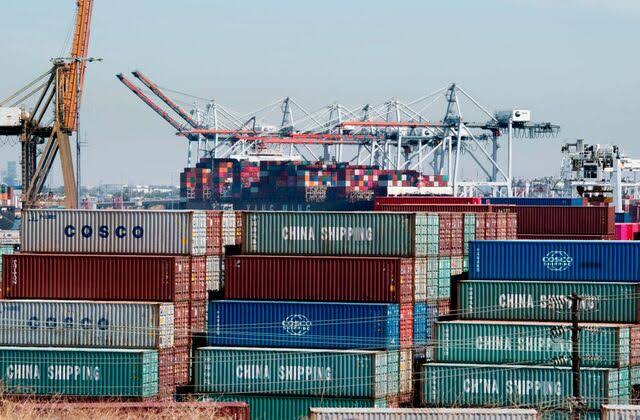On Friday, China unveiled a series of countermeasures in response to tariffs imposed by President Donald Trump, which include an additional 34% tariff on all U.S. goods and restrictions on the export of certain rare earth elements, further intensifying the ongoing trade conflict.
According to China’s finance ministry, these new tariffs will take effect on April 10.
Earlier in the week, Trump announced a 34% tariff on China, which is in addition to the 20% tariff he had already implemented this year, resulting in a cumulative increase of 54%.
The agricultural sector faced further challenges as Chinese customs immediately halted imports of sorghum from C&D (USA) Inc., along with poultry and bonemeal from three American companies.
Additionally, Beijing declared that it would impose export controls on medium and heavy rare earth elements, such as samarium, gadolinium, terbium, dysprosium, lutetium, scandium, and yttrium, effective April 4.
The commerce ministry stated that the purpose of these export controls is to better protect national security and interests while fulfilling international obligations, including non-proliferation commitments.
Furthermore, 16 U.S. entities were added to China’s export control list, which restricts the export of dual-use items to these companies.
An additional 11 U.S. firms were placed on the “unreliable entities” list, enabling Beijing to impose punitive measures against foreign companies. This list includes Skydio Inc. and BRINC Drones due to their arms sales to Taiwan, a region that China considers part of its territory.
See more: Russian commander says situation in Belgorod ‘under control’ while battles continue in Kursk
The commerce ministry emphasized that these targeted companies have significantly “undermined” China’s national sovereignty, security, and developmental interests, leading to a prohibition on new investments and import-export activities within China.
Moreover, an anti-dumping investigation was initiated regarding imports of specific medical CT tubes from the U.S. and India, alongside a broader inquiry into the competitiveness of the medical CT tube industry.




